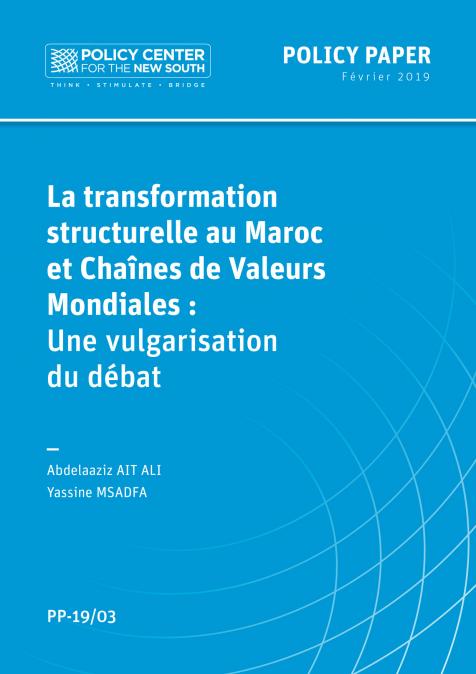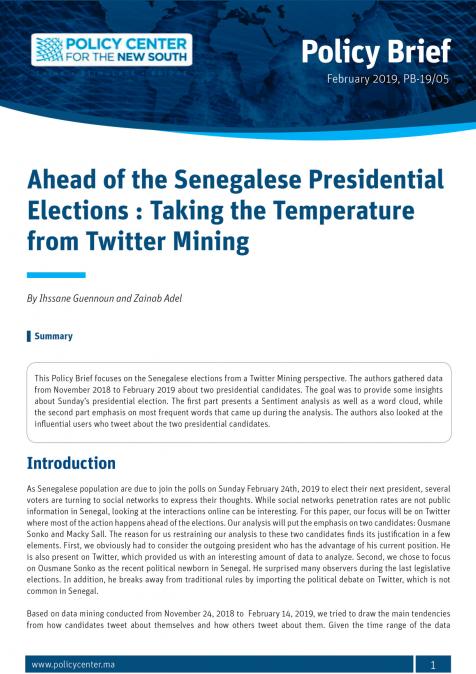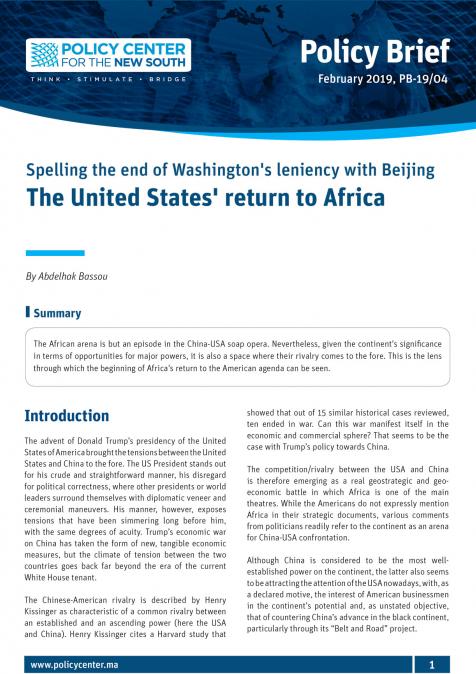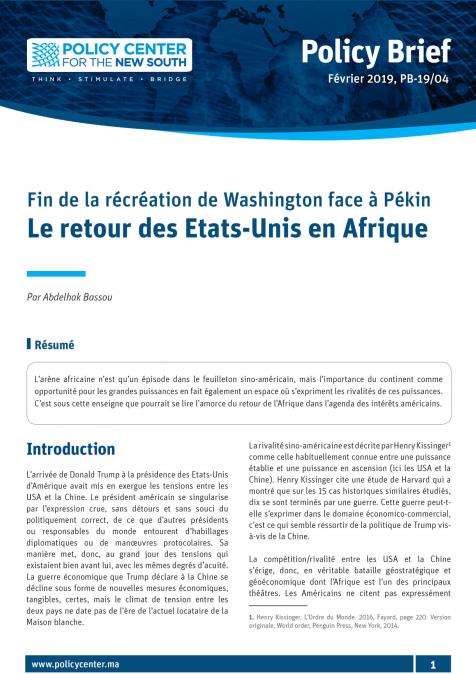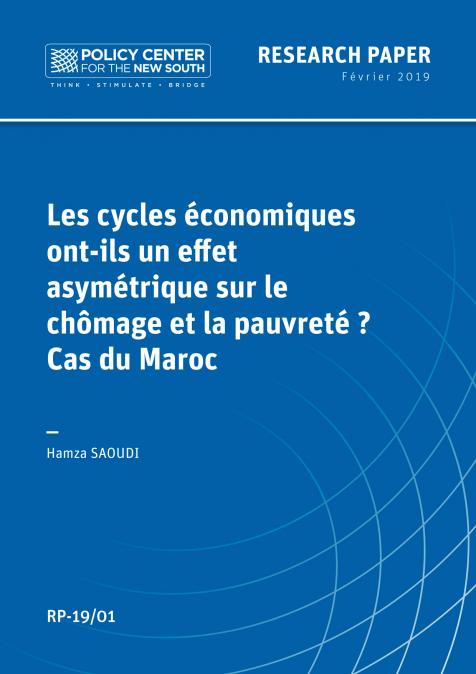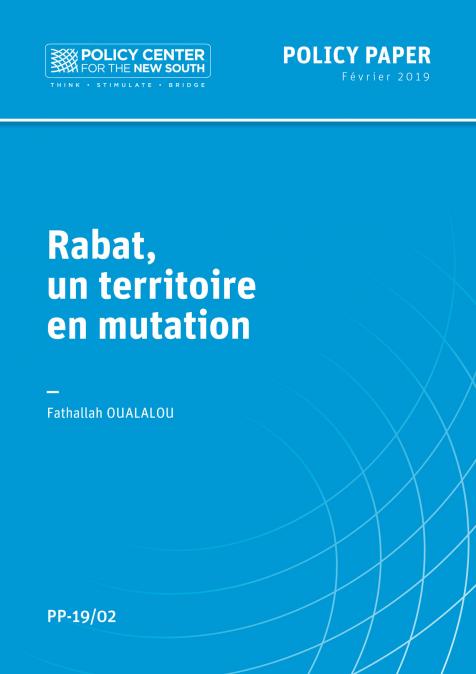RELATED CONTENT
-
 AuthorsLisa VenturaFebruary 26, 2019In 2019, the World Economic Forum Annual Meeting in Davos convened under the theme of “Globalization 4.0”, highlighting the need for a renewed global governance system that will leave no one behind. The perspectives of civil society were crucial to make the meeting meaningful and inclusive. My role as Acting Head of Civil Society Communities is to ensure leaders from NGOs, unions, faith-based organizations and religious groups leverage the Forum platform to advocate for sustainable ...
AuthorsLisa VenturaFebruary 26, 2019In 2019, the World Economic Forum Annual Meeting in Davos convened under the theme of “Globalization 4.0”, highlighting the need for a renewed global governance system that will leave no one behind. The perspectives of civil society were crucial to make the meeting meaningful and inclusive. My role as Acting Head of Civil Society Communities is to ensure leaders from NGOs, unions, faith-based organizations and religious groups leverage the Forum platform to advocate for sustainable ... -
La transformation structurelle au Maroc et Chaînes de Valeurs Mondiales : Une vulgarisation du débatAuthorsYassine MsadfaFebruary 25, 2019La transformation structurelle d’une économie demeure un point de passage nécessaire pour toute nation qui souhaite gravir les échelons du développement, cette transformation est souvent tributaire de la capacité d’une économie à s’ériger d’une société agraire de subsistance, dans son stade initial, vers une économie de productivité. Pour ce qui est du Maroc, le débat a pris de l’ampleur quant à la capacité des dynamiques actuelles à accélérer le rythme de l’activité économique au p ...
-
AuthorsZainab AdelFebruary 22, 2019This Policy Brief focuses on the Senegalese elections from a Twitter Mining perspective. The authors gathered data from November 2018 to February 2019 about two presidential candidates. The goal was to provide some insights about Sunday’s presidential election. The first part presents a Sentiment analysis as well as a word cloud, while the second part emphasis on most frequent words that came up during the analysis. The authors also looked at the influential users who tweet about th ...
-
February 22, 2019Sur qui le nouveau président angolais Joao Lourenço fait reposer son pouvoir ? Benjamin Augé, Expert en géopolitique du pétrole et du gaz en Afrique ...
-
 AuthorsFebruary 21, 2019They just seemed like dragonflies, oversized species, menacing and reassuring at the same time. The rotor blades of the helicopters were reflecting the rays of the sun, unusually hot at these early morning hours. Graham Martin, the grey-haired US ambassador, was hurrying by foot to his residence a couple hundred yards away. He needed to get his black poodle, Nitnoy, and his suitcase. Washington had ordered the total evacuation of Saigon; the “Operation Frequent Wind” would try to sa ...
AuthorsFebruary 21, 2019They just seemed like dragonflies, oversized species, menacing and reassuring at the same time. The rotor blades of the helicopters were reflecting the rays of the sun, unusually hot at these early morning hours. Graham Martin, the grey-haired US ambassador, was hurrying by foot to his residence a couple hundred yards away. He needed to get his black poodle, Nitnoy, and his suitcase. Washington had ordered the total evacuation of Saigon; the “Operation Frequent Wind” would try to sa ... -
AuthorsFebruary 21, 2019The African arena is but an episode in the China-USA soap opera. Nevertheless, given the continent's significance in terms of opportunities for major powers, it is also a space where their rivalry comes to the fore. This is the lens through which the beginning of Africa's return to the American agenda can be seen. ...
-
AuthorsFebruary 21, 2019L’arène africaine n’est qu’un épisode dans le feuilleton sino-américain, mais l’importance du continent comme opportunité pour les grandes puissances en fait également un espace où s’expriment les rivalités de ces puissances. C’est sous cette enseigne que pourrait se lire l’amorce du retour de l’Afrique dans l’agenda des intérêts américains. ...
-
AuthorsFebruary 20, 2019Ce papier évalue les effets asymétriques des cycles économiques sur le chômage et la pauvreté au Maroc, à travers un modèle VAR estimé sur des données trimestrielles allant de 2003 à 2012. Ce modèle inclut les composantes cycliques de quatre variables à savoir : l’output-gap, le salaire minimum réel, le taux de chômage et le taux de pauvreté. Afin de tester la robustesse des résultats, deux versions du modèle VAR ont été estimées, en utilisant les composantes cycliques calculées se ...
-
AuthorsFebruary 14, 2019Rabat, Capitale du Maroc, connait des mutations profondes depuis le début du siècle et du millénaire, conséquence de deux programmes initiés par Sa Majesté le Roi Mohammed VI. Le premier, lancé en 2004, autour de l’aménagement du site de la Vallée Bouregreg, le fleuve qu’elle partage avec Salé. Le second, conçu la même année, dans le cadre du programme de rénovation urbaine Rabat, ville lumière et capitale culturelle du Royaume. ...
-
 AuthorsIbraheem SanusiFebruary 14, 2019The author of this blog, Ibraheem Sanusi, is an alumnus of the 2018 Atlantic Dialogues Emerging Leaders program. Over 84 million Nigerians are expected to participate in the upcoming general elections, the fifth election since the country returned to democratic rule in 1999. The Presidential and National Assembly as well as the Governorship and State Houses of Assembly elections scheduled for the 16th of February and the 2nd of March respectively, have attracted 23,316 candidates ...
AuthorsIbraheem SanusiFebruary 14, 2019The author of this blog, Ibraheem Sanusi, is an alumnus of the 2018 Atlantic Dialogues Emerging Leaders program. Over 84 million Nigerians are expected to participate in the upcoming general elections, the fifth election since the country returned to democratic rule in 1999. The Presidential and National Assembly as well as the Governorship and State Houses of Assembly elections scheduled for the 16th of February and the 2nd of March respectively, have attracted 23,316 candidates ...

